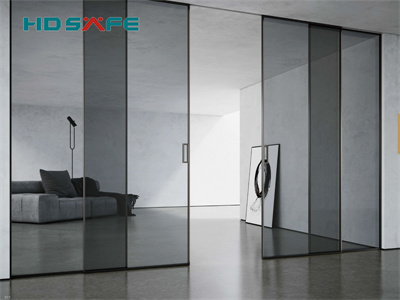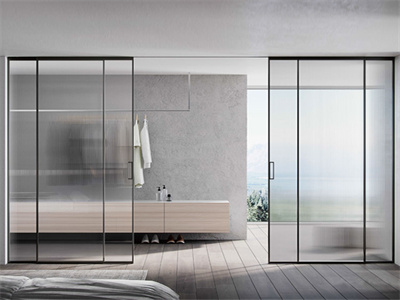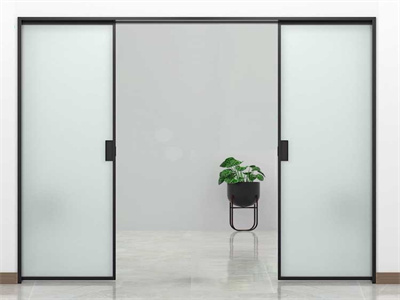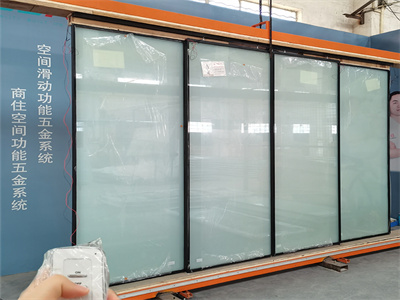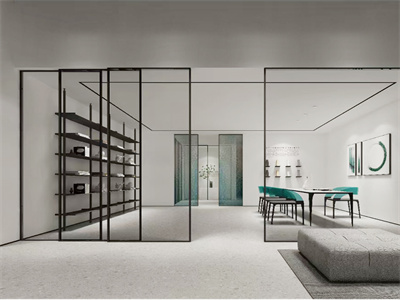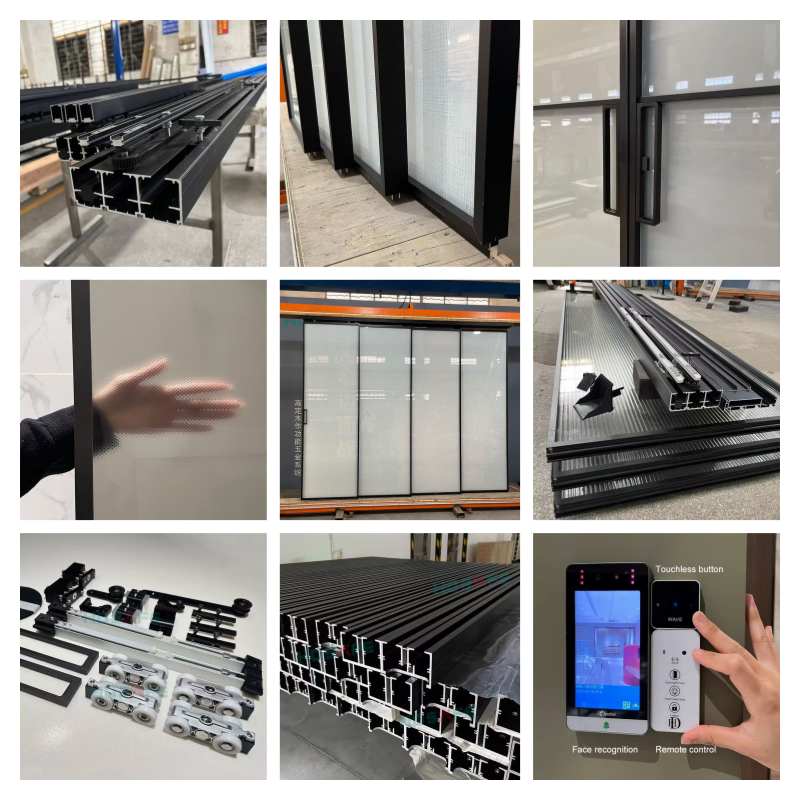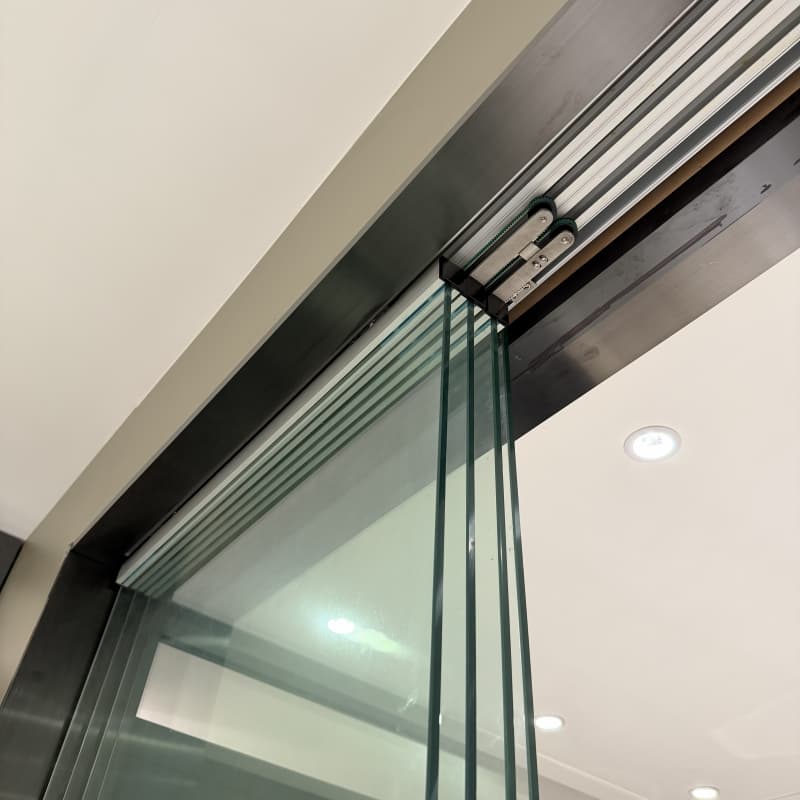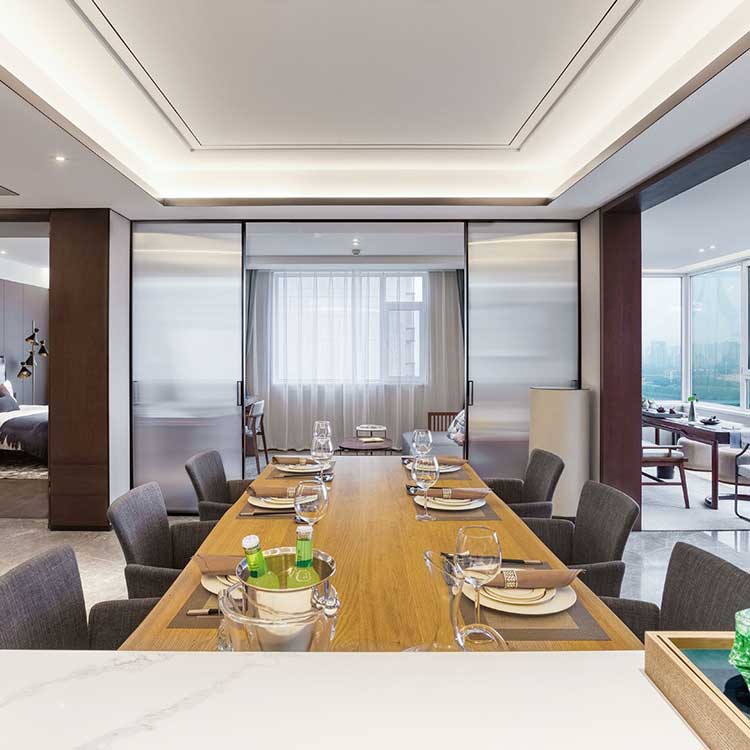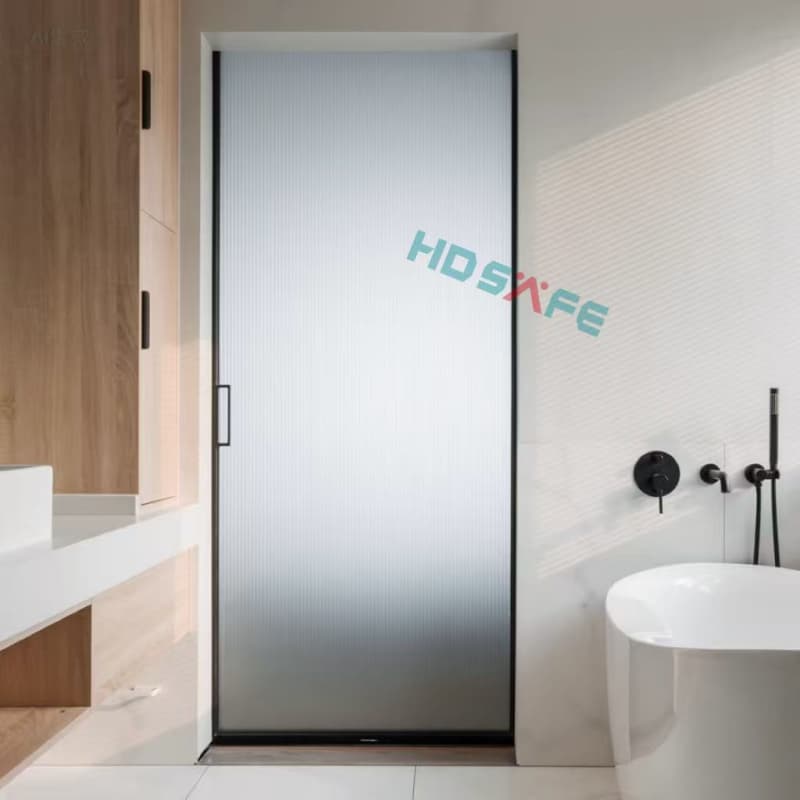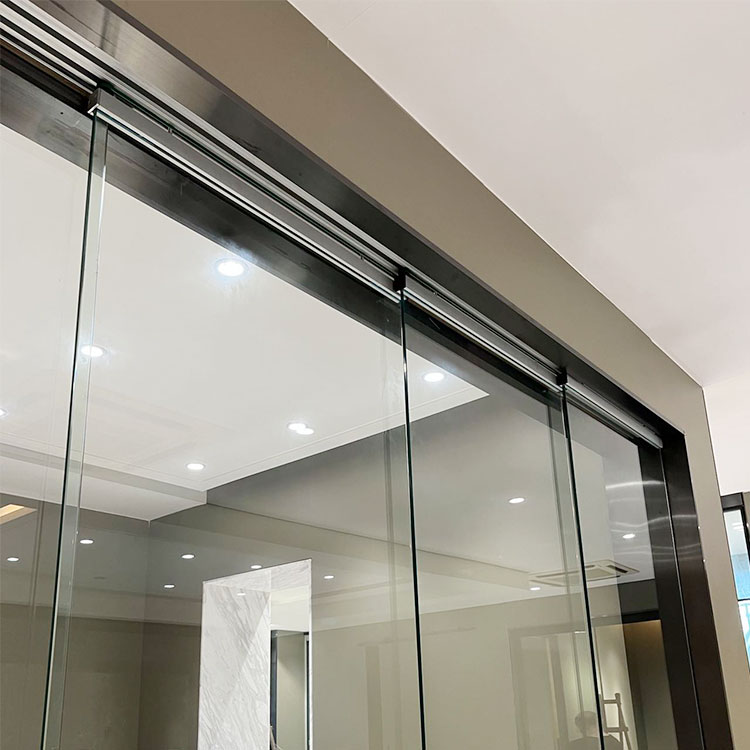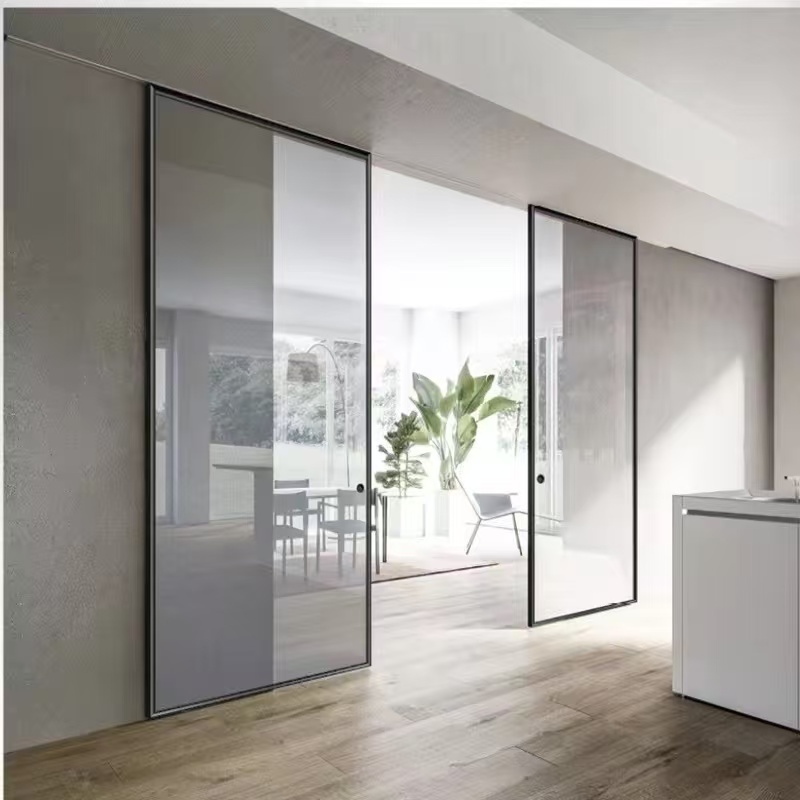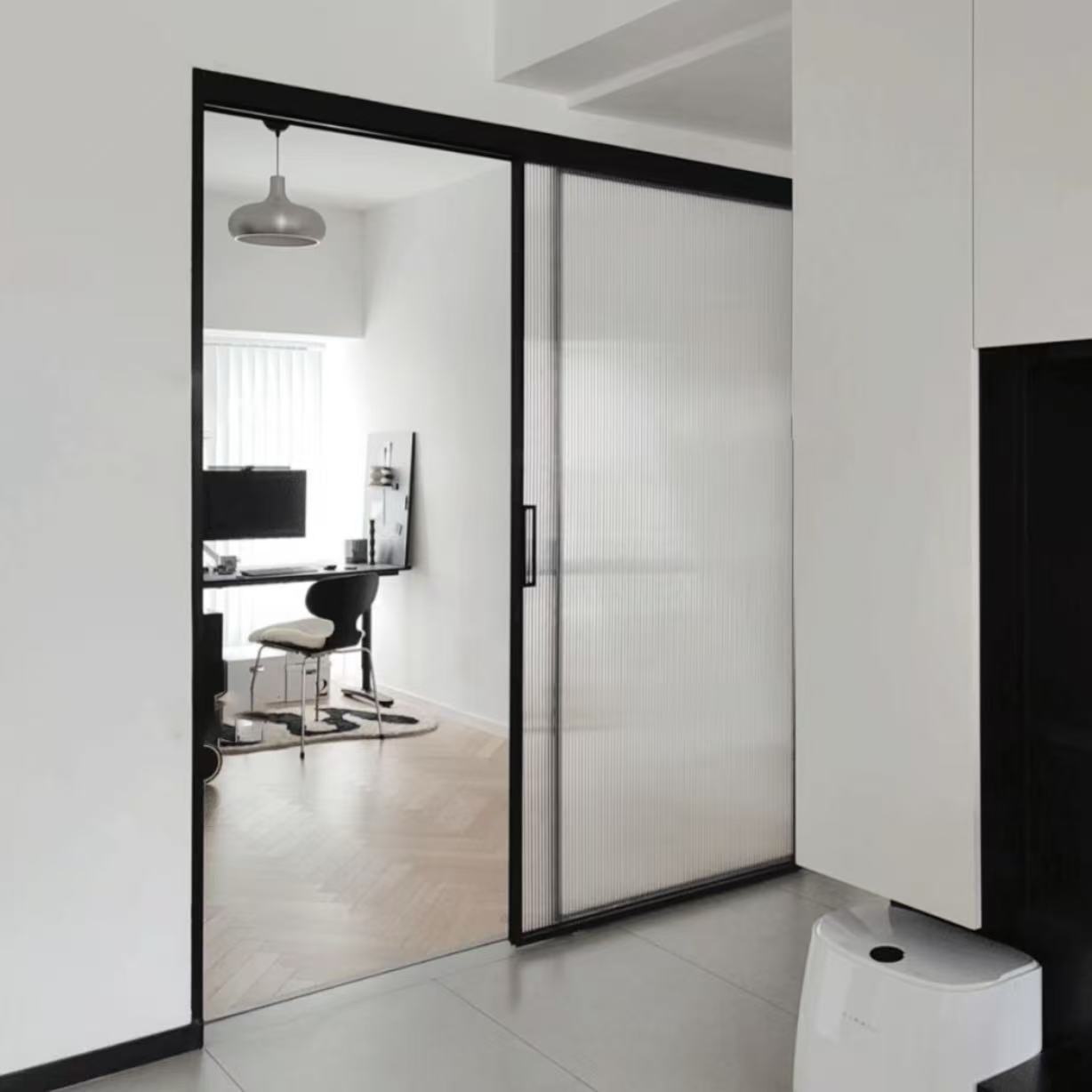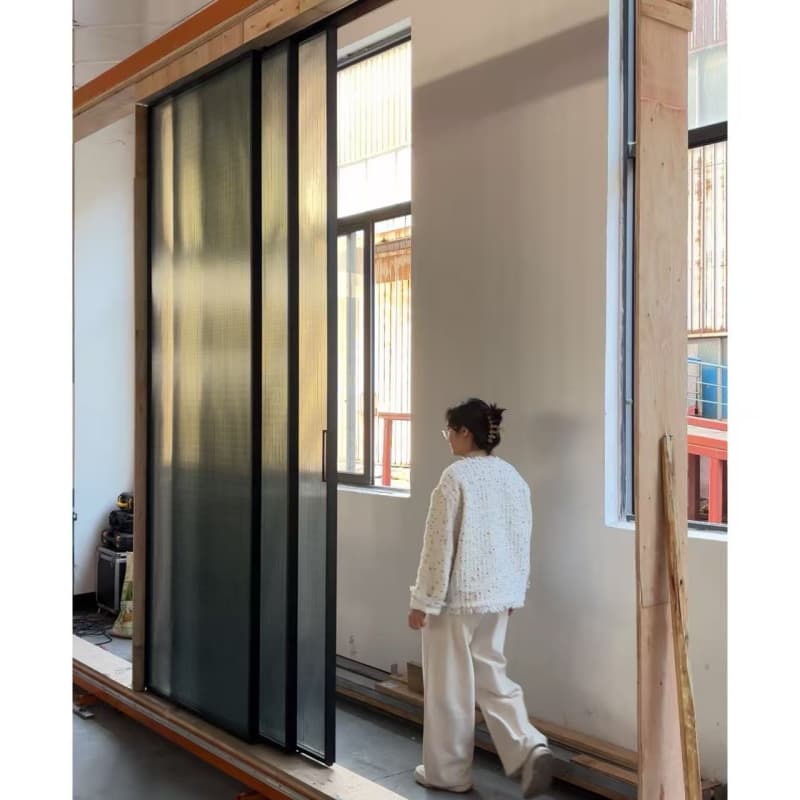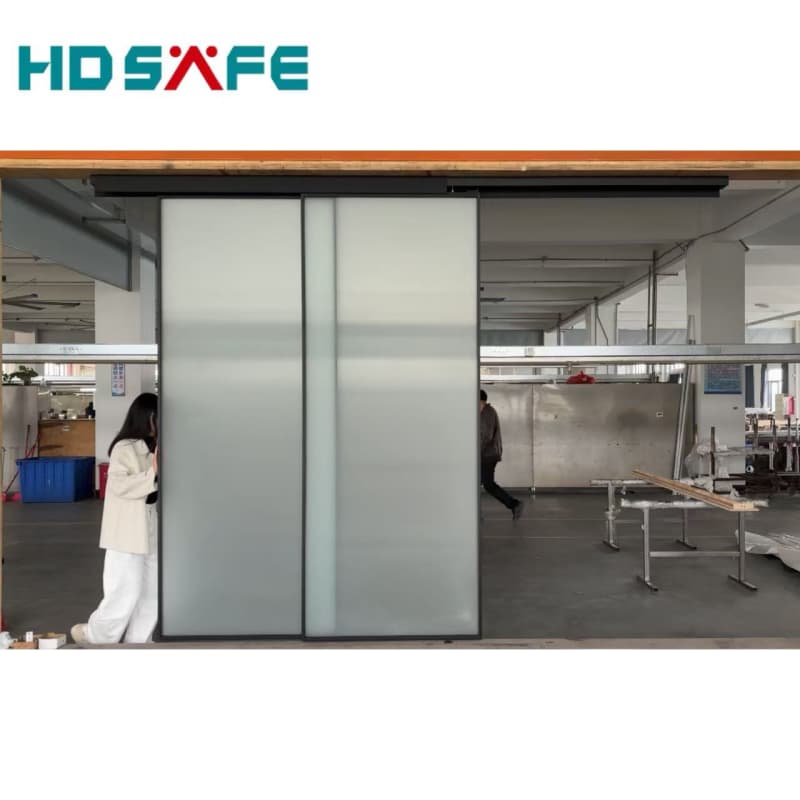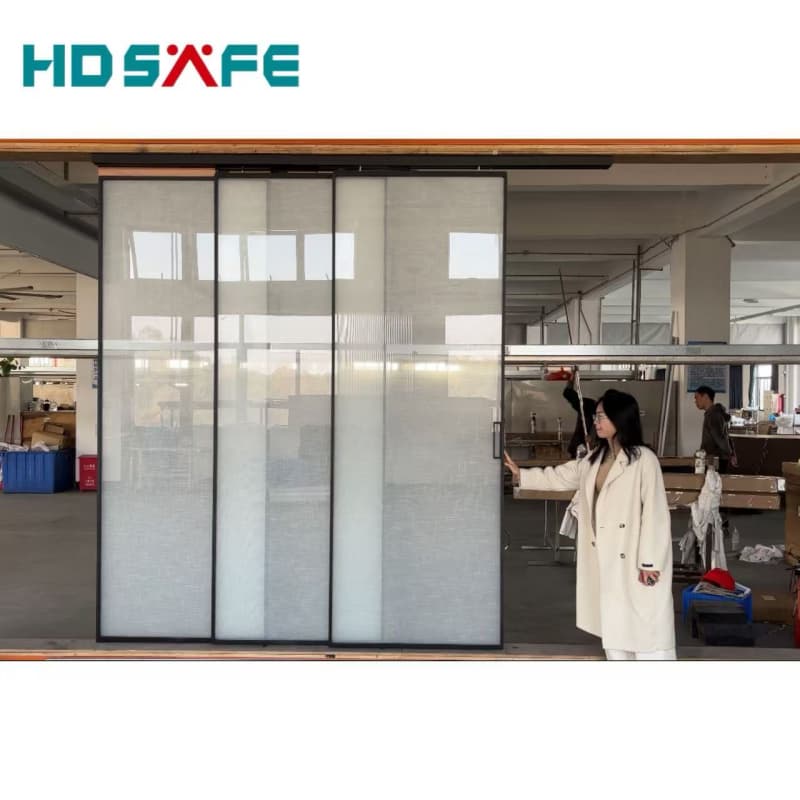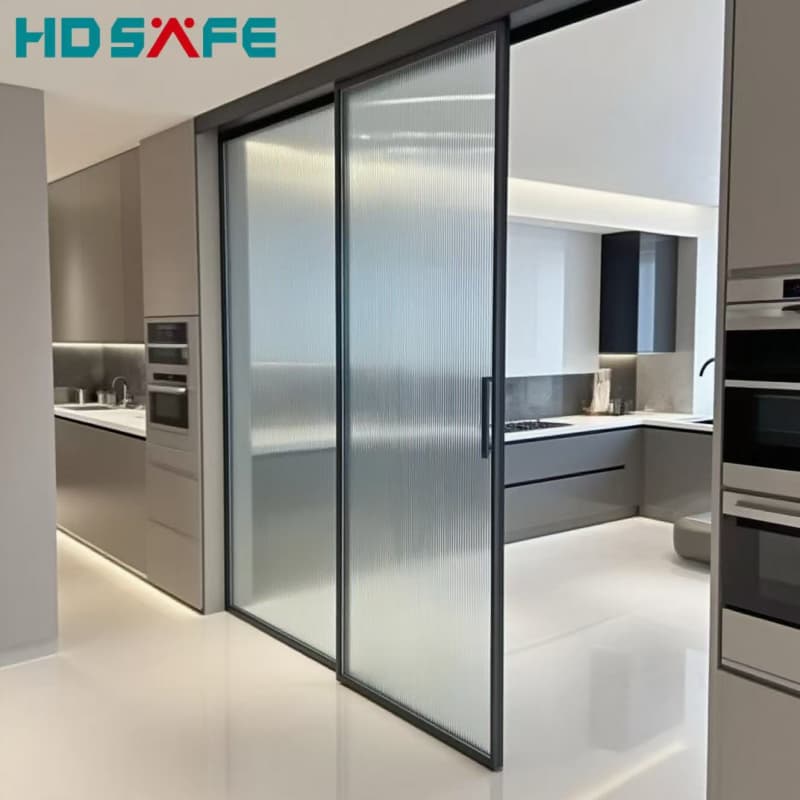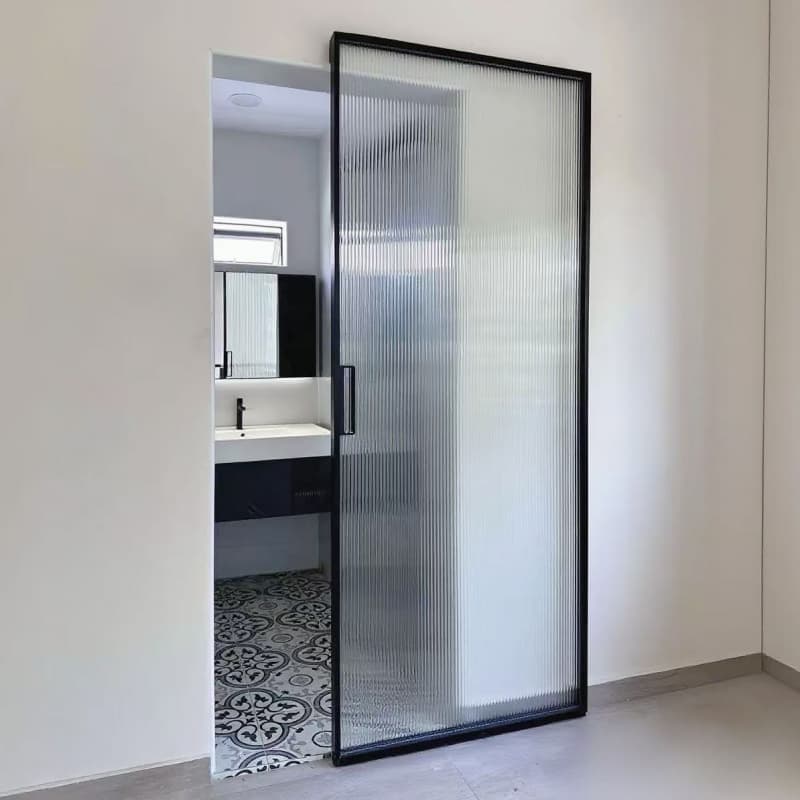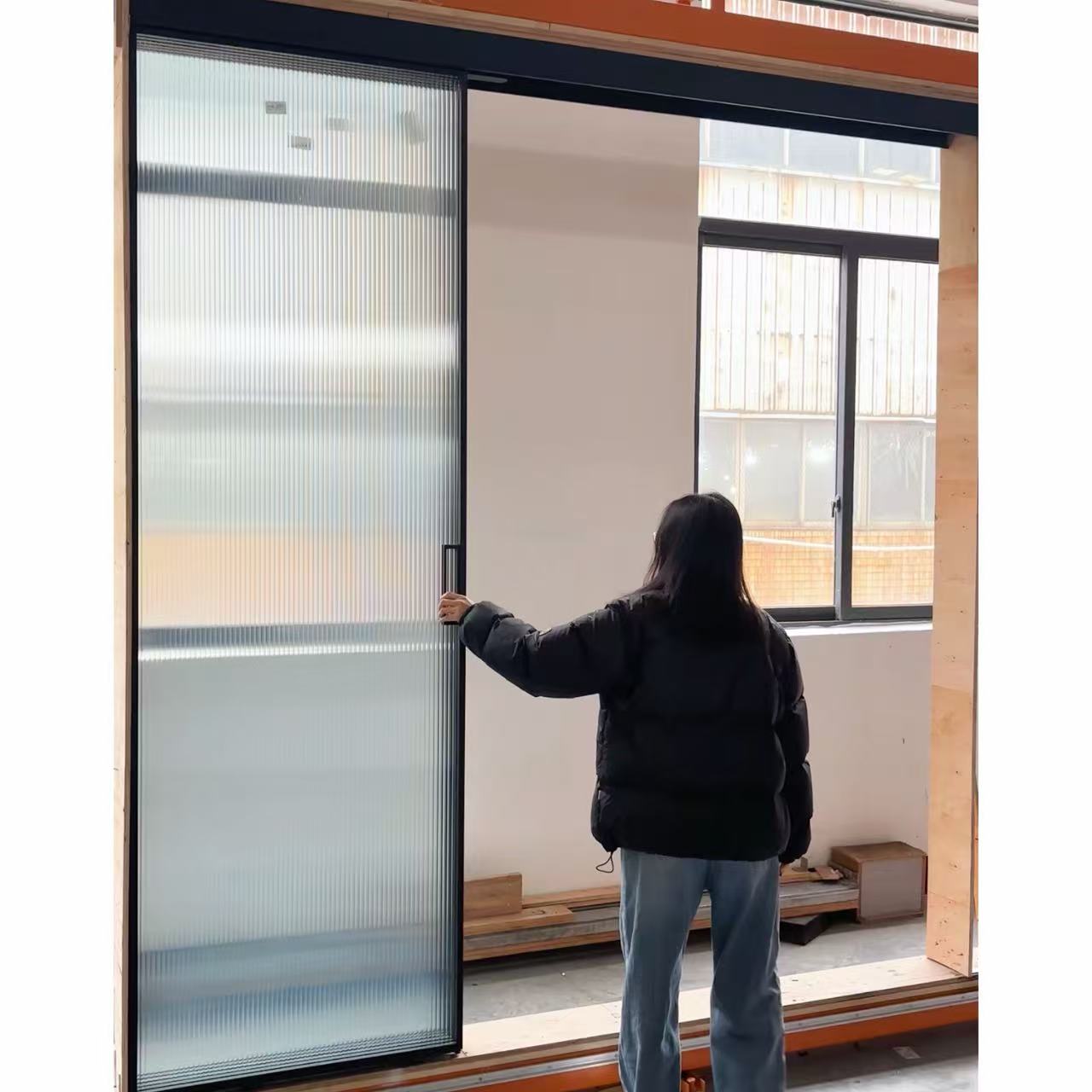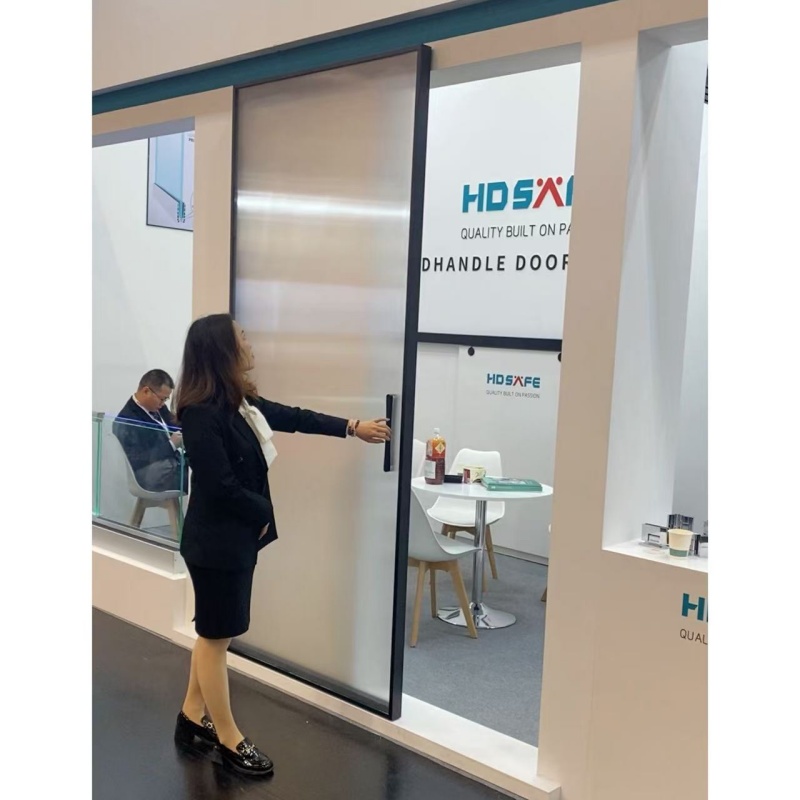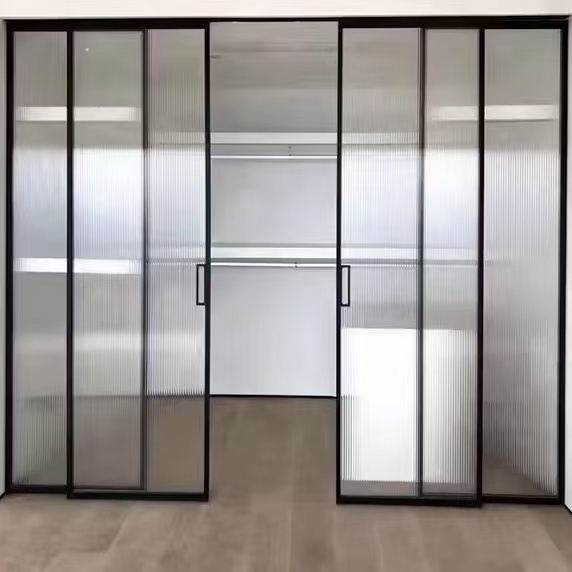The Evolution and Innovation of Trackless Sliding Doors: A Modern Architectural Marvel
Introduction
The History and Evolution of Sliding Doors
How Trackless Sliding Doors Work: The Technology Behind the Magic
1. Hidden Rail Systems
2. Floor-Powered or Wall-Guided Mechanisms
3. Magnetic or Frictionless Gliding Technology
4. Automated Trackless Systems
Key Benefits of Trackless Sliding Doors
1. Sleek and Minimalist Aesthetics
2. Space-Saving Design
3. Low Maintenance
4. Enhanced Accessibility
5. Versatility in Design
Applications of Trackless Sliding Doors
1. Residential Spaces
-
Bathrooms & Showers: Frameless trackless glass doors create a spa-like, open feel while preventing water leakage. -
Closets & Pantries: Sleek sliding doors maximize kitchen and bedroom space. -
Room Dividers: Ideal for open-concept homes, allowing flexible space separation.
2. Commercial & Public Buildings
-
Office Partitions: Enhance natural light flow while maintaining privacy. -
Retail Stores: Create elegant entrances without obstructing storefront displays. -
Hotels & Resorts: Offer a luxurious, seamless guest experience.
3. Healthcare & Educational Facilities
-
Hospitals: Easy-to-clean, hygienic trackless doors are ideal for sterile environments. -
Schools & Universities: Space-efficient and durable for classrooms and laboratories.
Challenges and Considerations
-
Installation Complexity: Proper alignment and calibration are crucial for smooth operation. -
Cost: High-end motorized or custom-designed trackless doors can be more expensive than traditional options. -
Weight Limitations: Some systems may have restrictions on door panel weight.
The Future of Trackless Sliding Doors
-
Solar-powered automation -
AI-driven motion sensing -
Eco-friendly materials





 Home
Home Sep 29,2025
Sep 29,2025 
 Interior Sliding Doors – Pocket Doors: A Stylish and Space-Saving Solution for Modern Homes
Interior Sliding Doors – Pocket Doors: A Stylish and Space-Saving Solution for Modern Homes 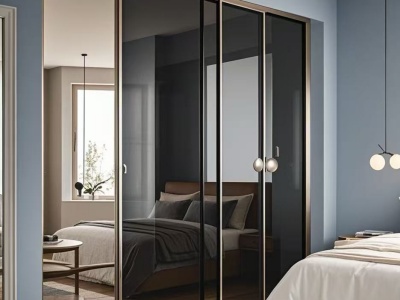
 May 30,2025
May 30,2025 
